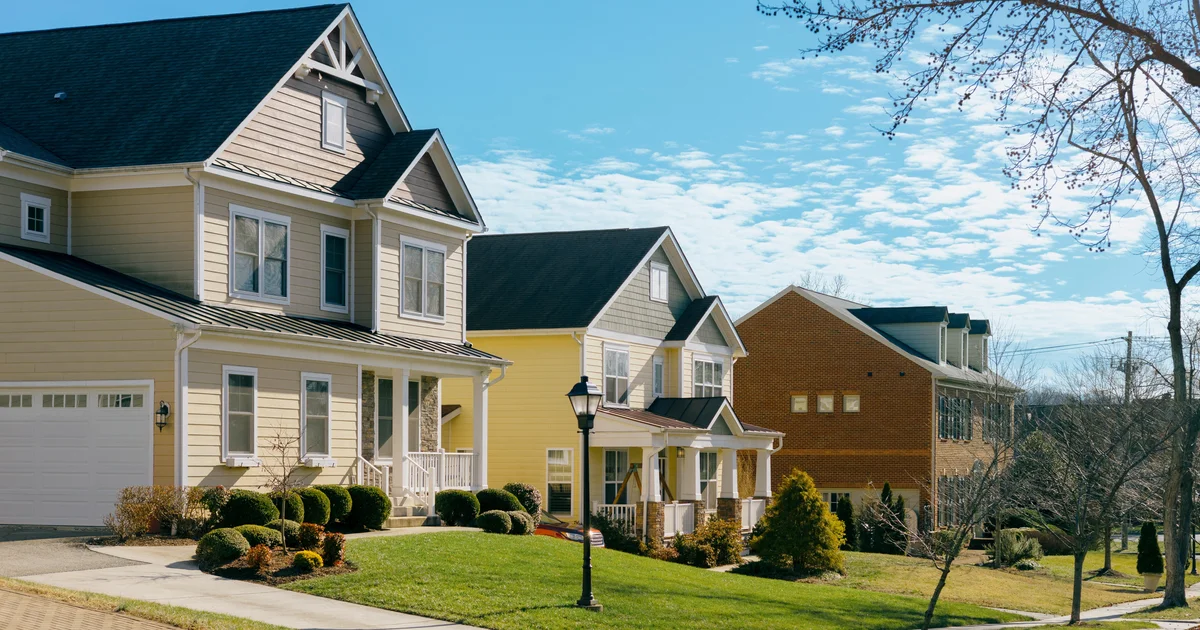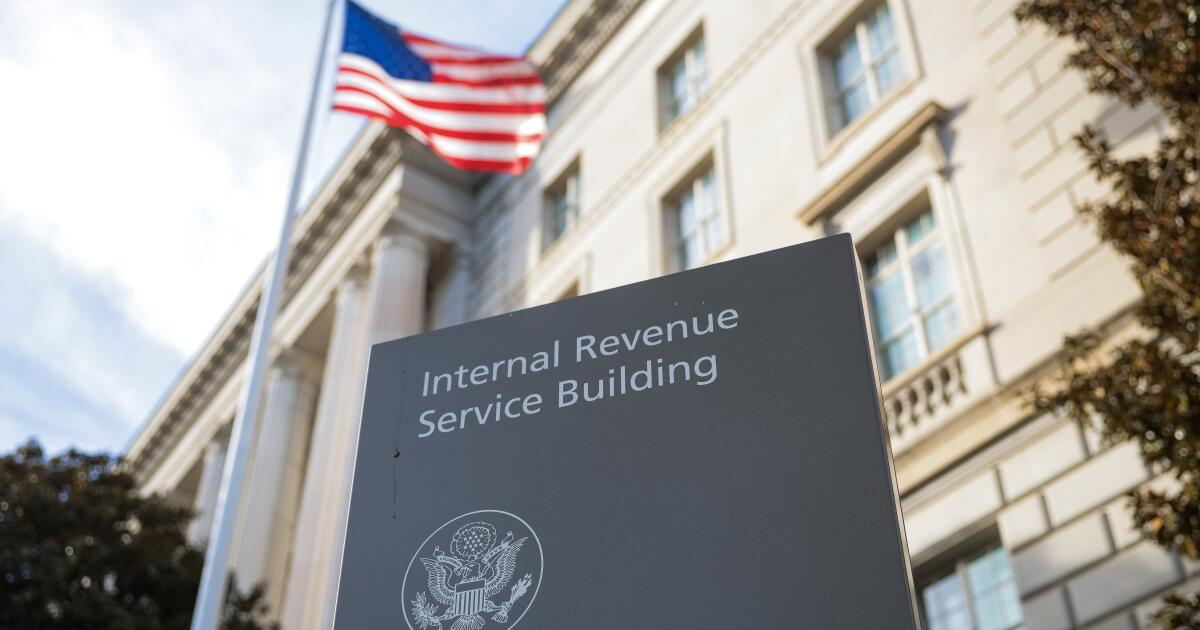
The Federal Reserve announced its first rate cut of 2025 yesterday, lowering its benchmark rate by a quarter of a percentage point. After holding steady for months in the face of stubborn inflation, the Fed is now signaling that borrowing costs may finally begin easing again, despite inflation ticking back up over the last few months. That comes with big benefits for borrowers, as even a relatively small rate cut can have ripple effects across the financial system, reducing the cost of credit cards, auto loans, personal loans — and most notably, mortgage borrowing.
And, the effects of the Fed rate cut are already visible. The average 30-year fixed mortgage rate is now sitting at 6.13%, the lowest level in three years. That eases the financial pressure on borrowers, who were facing average mortgage rates of above 7% earlier this year. To illustrate, a $500,000 conventional mortgage at 7% translates into a monthly payment of roughly $3,327. At a rate of 6.13%, though, that payment drops closer to $3,040 per month, a savings of about $300 each month. For households stretching their budgets, that type of payment difference can be a game-changer.
But when it comes to reverse mortgages, which is a tool many retirees use to convert home equity into usable income, the impact of a Fed rate cut isn’t as straightforward. Reverse mortgages don’t track the Fed’s benchmark rate in the same way reverse mortgages do, and several other variables come into play. Understanding those differences is critical if you’re considering this option in today’s shifting rate environment. Below, we’ll detail what to consider right now.
Find out more about your reverse mortgage borrowing options here.
3 things retirees should know about reverse mortgage rates now
Reverse mortgages can provide an important safety net for retirees, but the way they’re priced is unique. Here are three key things to understand about how today’s lower-rate environment may (or may not) affect your reverse mortgage options:
Reverse mortgage rates are influenced by multiple factors
While there are numerous factors at play, traditional mortgage rates tend to move in tandem with Treasury yields and Fed policy expectations, as evidenced by the significant mortgage rate drop that occurred in conjunction with yesterday’s Fed rate cut. Reverse mortgage rates, however, are shaped by a broader mix of factors. For example, reverse mortgage lenders set their own margins and investor appetite for mortgage-backed securities affects funding costs. Strict program rules also establish the boundaries for pricing.
That means while Fed cuts create downward pressure, reverse mortgage rates don’t automatically fall at the same pace, or in the same magnitude, as conventional mortgages. Some reverse mortgage lenders may move quickly to reduce their rates, but others may keep them flat to preserve margins. For borrowers, this underscores the importance of shopping around. Getting quotes from multiple reverse mortgage lenders can help you capture any available savings in a rate environment that’s still finding its footing.
Compare your reverse mortgage options and find the right fit today.
The type of rate you choose matters
Reverse mortgages come in two primary forms: fixed-rate and adjustable-rate. Each reacts differently to market shifts.
Adjustable-rate reverse mortgages are linked to market indexes, which means they’re more likely to reflect the Fed’s moves in real time. If rates continue trending down, borrowers with adjustable products could see costs ease more quickly.
Fixed-rate reverse mortgages lock in one rate for the life of the loan. While this provides certainty, it also means you won’t benefit from any additional declines.
The right choice between the two depends on your priorities. If you value predictability, a fixed-rate option may still make sense, even if rates fall a bit further over time. If you’re comfortable with variability and want to capture potential rate declines, an adjustable-rate reverse mortgage product could offer more flexibility.
Lower rates can boost how much you can borrow
Perhaps the biggest upside of falling rates for reverse mortgage borrowers, though, is that they can increase your borrowing capacity. The FHA’s formula for determining how much equity you can access factors in your age, home value and current interest rates. When rates drop, that formula allows you to tap a larger share of your home’s value.
For example, a 72-year-old homeowner with a $600,000 property might have been able to access roughly $300,000 when rates were higher. With today’s lower rates, that figure could climb by tens of thousands of dollars. This added borrowing power can be particularly helpful for retirees looking to consolidate debt, cover healthcare expenses or simply add a buffer to their retirement income.
Still, more access to cash doesn’t necessarily mean you should borrow it all. Fees and insurance premiums tied to reverse mortgages remain in place, and interest accrues on any funds you use. So, a larger line of credit or lump-sum payout can be a safety net, but it should be weighed against long-term costs and your broader financial picture.
The bottom line
The Fed’s first rate cut of 2025 is reshaping the mortgage market, making traditional loans more affordable and sparking a wave of refinancing activity. For retirees considering a reverse mortgage, though, the picture is more nuanced. Rates don’t always follow the Fed’s moves one-for-one, but lower borrowing costs can still work in your favor, whether by making adjustable products more affordable or by boosting the share of equity you can unlock.
If you’re weighing a reverse mortgage now, it pays to compare the options carefully. Request multiple quotes, consider both fixed and adjustable rates and evaluate how much equity you truly need access to. Even in a falling-rate environment, reverse mortgages remain a complex product, and getting the details right can make all the difference in maximizing your retirement security.



